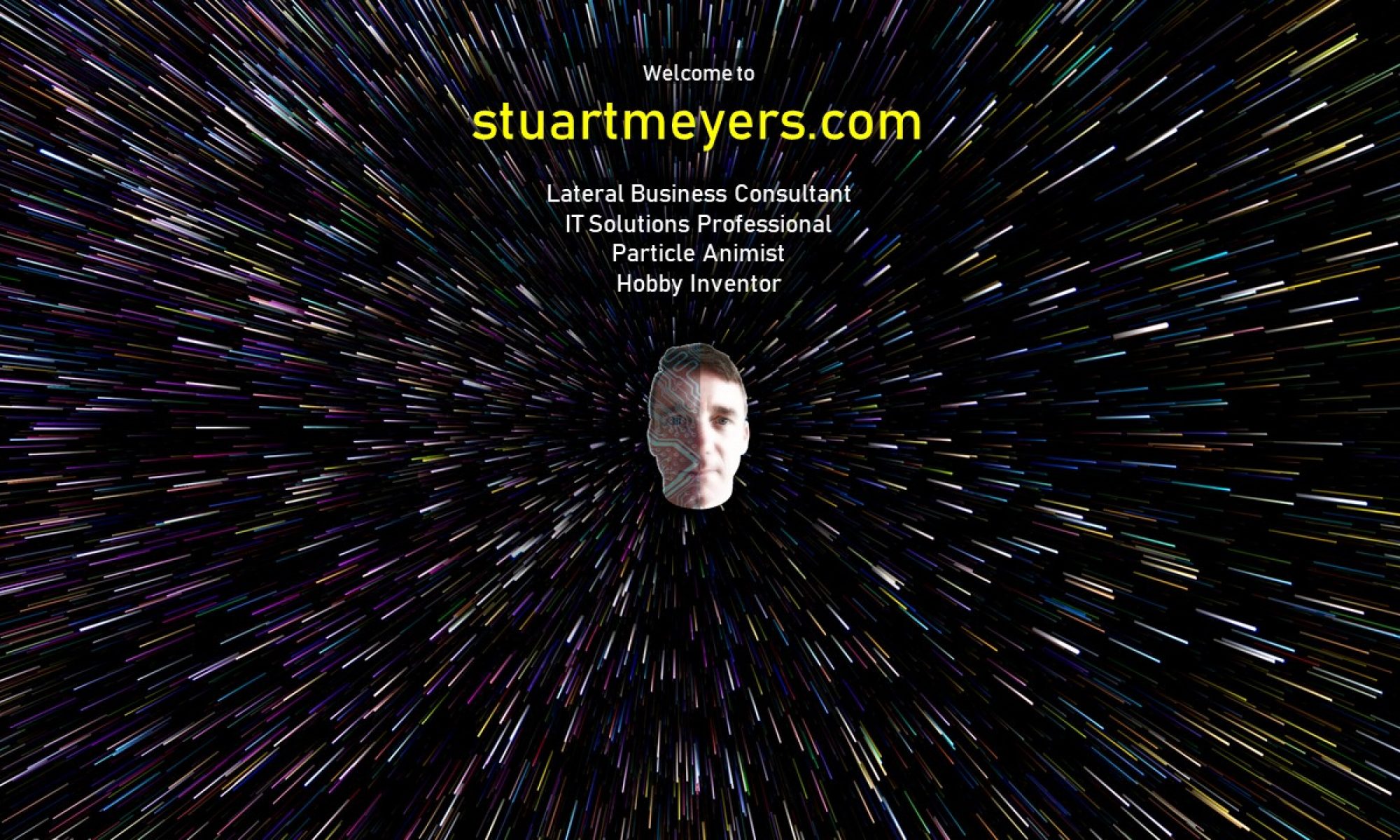If your partner, co-worker or friend hasn’t let you know yet, Konmari, a method for tidying up your life and home, is the latest sensation, Netflix hit and book series resonating around the globe.
But, what many people won’t understand is why she does what she does, and that is Animism.

The show is a reality show where Marie Kondo enters a home in disarray and uses her “innovative Konmari method to help people clear out their clutter and choose joy”. The show “demonstrates the life-changing magic of tidying up, as Marie transforms her clients’ lives in emotional and surprising ways”.
When you watch the show you will notice Marie greeting the house, sensing the room, looking for the spark of joy in objects and saying thank you for objects that will soon be discarded.
For many this is strange. For me it is not. It is an animistic form of respect for everything in the home that you engage with and is influenced by the fact that the Japanese are a highly animistic culture.
Animism is the belief that everything (objects, places and creatures) all possess a distinct spiritual essence or a soul. The basics of animism exist in Shinto and can be referenced in Kami which refers to the divinity, or sacred essence, that manifests in multiple forms e.g. rocks, trees, rivers, animals, places, and even people.
In the show, she treats everything in the home including the home itself as a living entity that deserves respect. The beauty of what she is doing is presenting it in a cute and gentle way that the participants and viewers are not rejecting. She is also adding joy which is not a typical thought in traditional animism. I really like how she asks the participants if an object “sparks joy”. What a great ideal.

What Marie does is connect the joy of an object to someone’s feelings in the same way you choose a car by the way it looks. Connecting to objects is very unique when tidying a house but very common across society when choosing cars or being attached to things. Most people just don’t think of it that way.
The key to her success and results is by teaching people to surround themselves with things that make them happy, which is not unlike a entrepreneur being told to surround themselves with successful people.
As an animist, I totally subscribe to this thinking. After watching my first show on the bus to work early one morning, I entered the office before anyone else had arrived. So I spent the next 15 minutes walking around the office, talking to the rooms, plants and objects, and sensing its presence. I have to say, I believe it’s a happy office.

The final piece of her puzzle is everything having a home. If an object in your house has a home, it’s easy to find it’s way back there. This concept is not just animistic, it’s practical and logical, and this is what ties up her ideals into a fabulous methodology.
As a final thought, the other day I went and watched the movie Mary Poppins Returns with my wife. I have to say, musicals are not my joy but there was one thing that resonated and that was the song “The Place Where Lost Things Go“.
This to me is the opposite of this blog and that is, for everything that has a home, in our modern day disposable society, there is so much more that is lost. I think I will save that line of thought for another post.
References used: Konmari website. Wikipedia Shinto.
